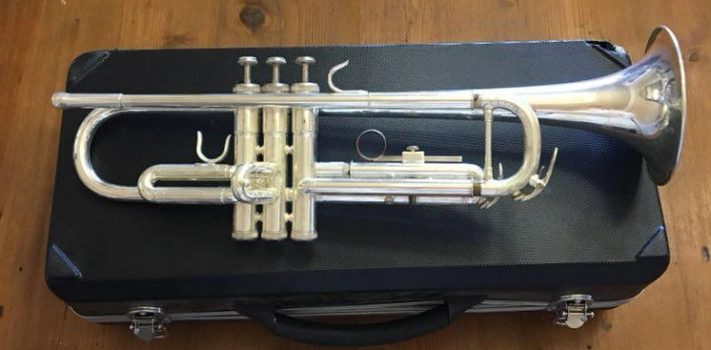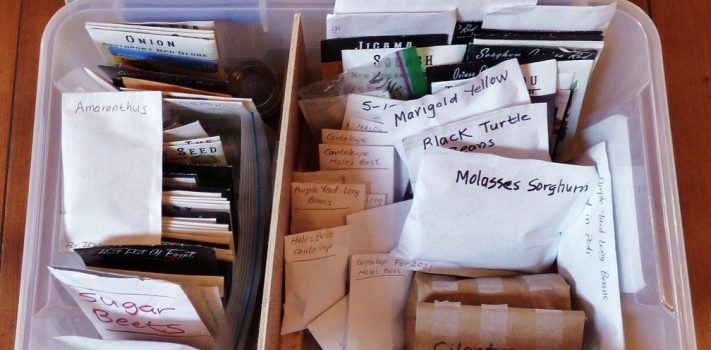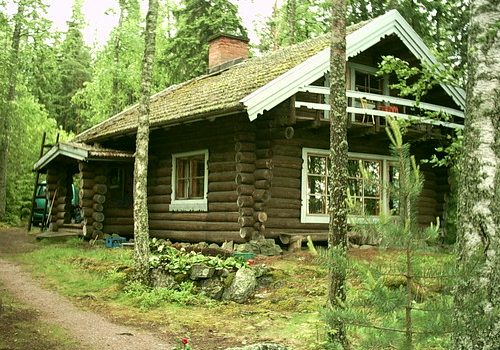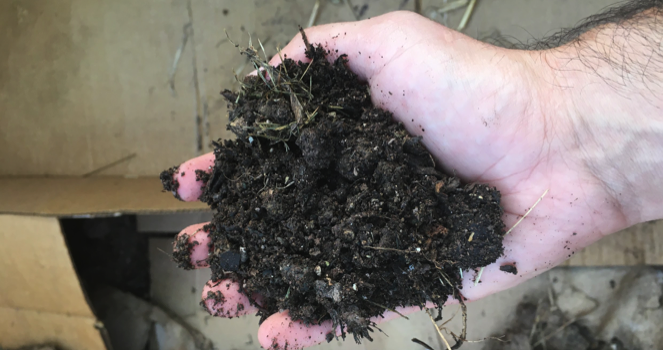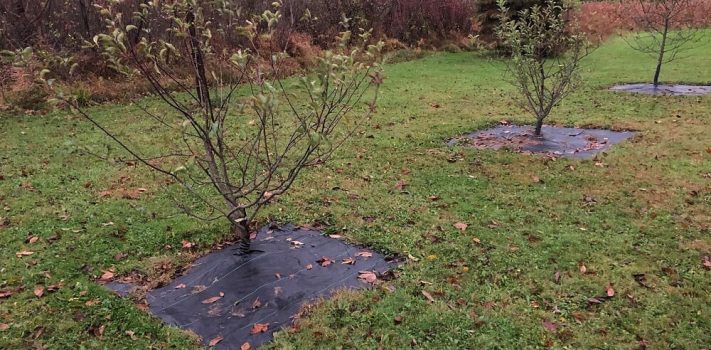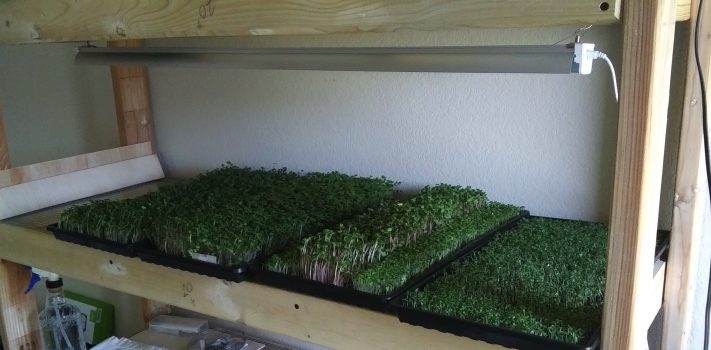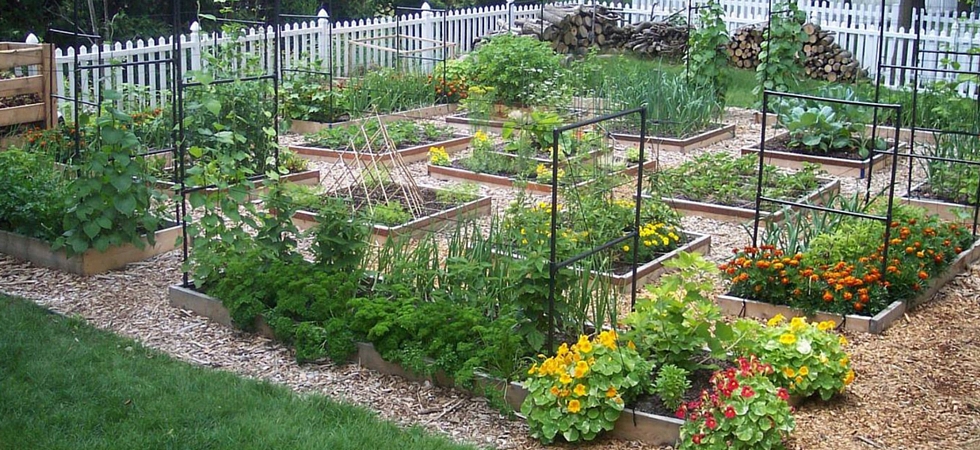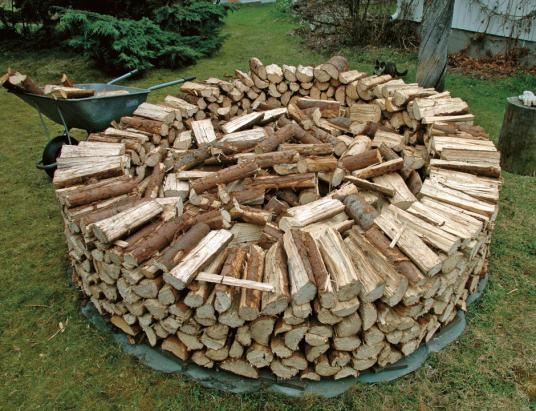Economics & Investing For Preppers
Today, on Christmas Day, in place of my normal Friday news column, I have this special bit of investing commentary for my readers: Investing In Your Children’s Future Today, December 25th, for most Americans, is a holiday of generous excess. We live in a still relatively prosperous nation, and we are a people known for our generosity. One end of your house is most likely strewn with bits of wrapping paper and ribbons. Your children or grandchildren are surely playing with their new toys, dolls, and games. A few of them are probably pouting, because they didn’t receive a Playstation …

